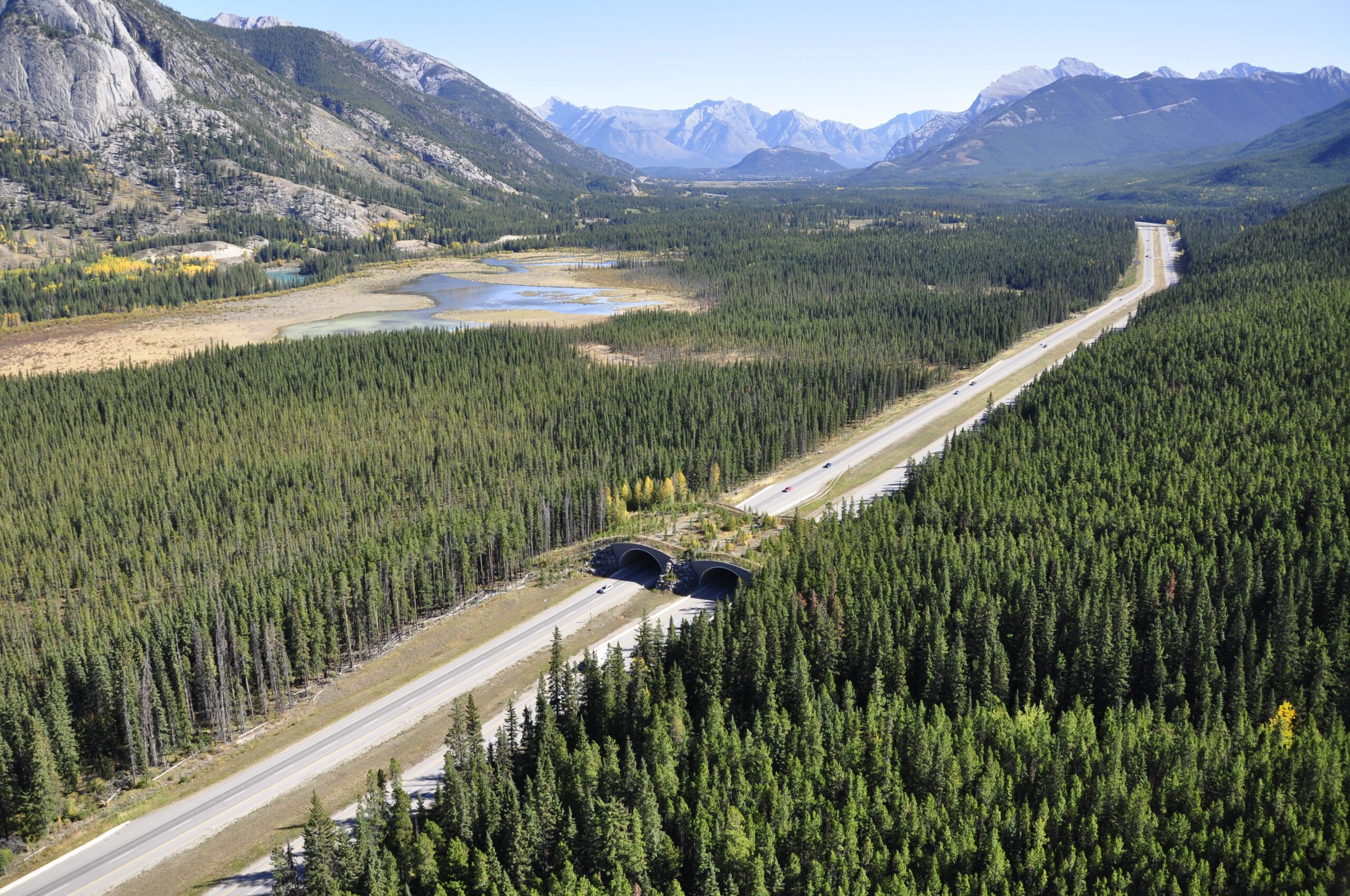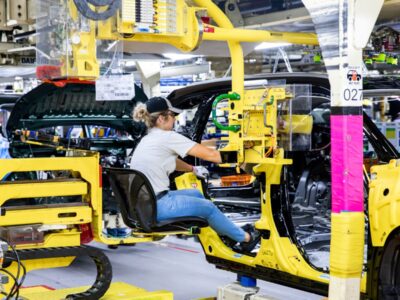The creation of the interstate highway system in the 1950s connected the country in a way never before seen. The national system provided a network for millions of people and businesses to interact and see the country. Unfortunately, in a cruel stroke of irony, the network alienated thousands of species and ecosystems that depend on a migratory way of life for survival.
Since the 1970s and ‘80s, a handful of states have worked to enact policies and infrastructure to help combat the adverse effects of America’s increasingly extensive road network. The most successful option has been the construction of wildlife conservation crossings, a piece of infrastructure used to help animals coexist more harmoniously with America’s complex highway system. These wildlife conservation crossings come in various sizes, ranging from large bridges straddling four-lane highways that replicate entire ecosystems to small holes underneath the pavement.
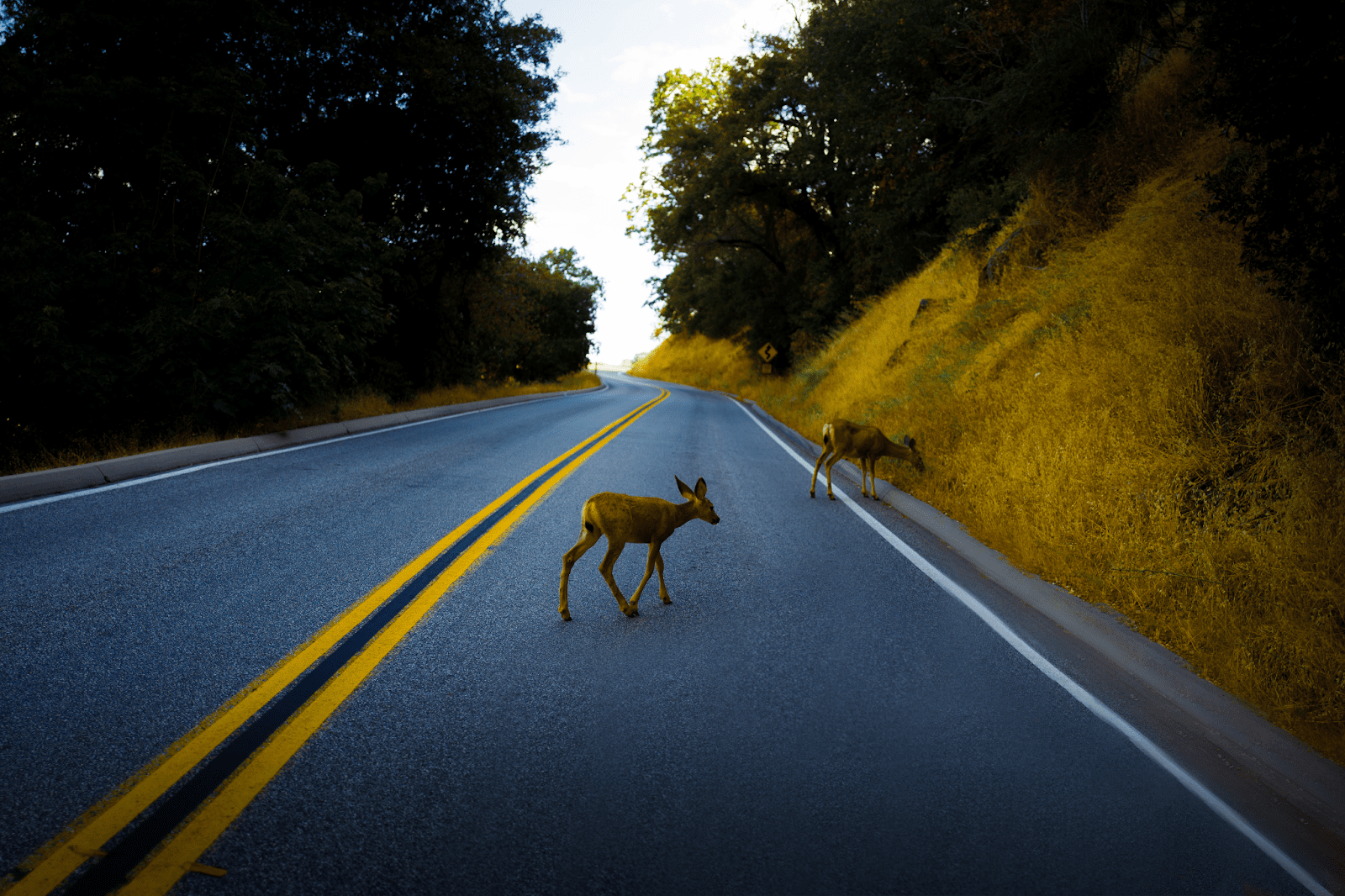
Despite being incredibly helpful in providing a haven for wildlife, only around 1,000 have been implemented over America’s four-million-plus miles of road. The number is tiny compared to countries like the Netherlands, which boasts nearly 600 crossings despite being home to a road network nearly 2% as large.
While crossings were once a staunchly divisive issue, they are now a rare source of bipartisan agreement. They check off plenty of boxes ranging from driver safety and environmental conservation to fiscal responsibility, and the biggest barrier to widespread implementation is money.
Despite their effectiveness, the crossings are very costly. According to Marcel Huijser, an ecologist from Montana State University’s Western Transportation Institute, a four-lane highway overpass costs $5 to $10 million on average, with the more standard underpasses still fetching a six-figure price tag. The cost, coupled with the constant infrastructure upkeep of roads and bridges, makes conservation crossings challenging to fund. These projects are often left to conservation organizations like the National Wildlife Federation and the Wildlands Network or animal welfare groups like the Humane Society to solicit funds from public donors.
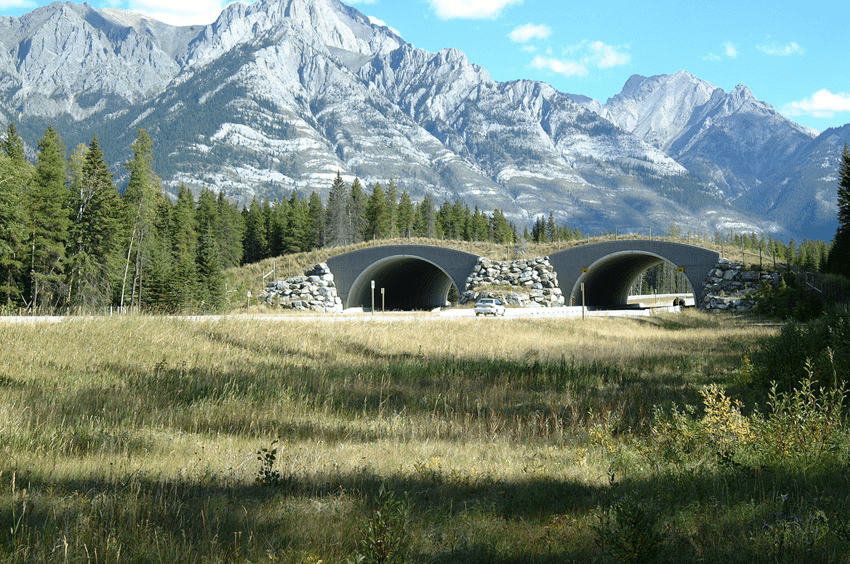
While funding the projects is an issue, the crossings are well worth the price tag. Underpasses in Wyoming, built in a critical migration corridor on Highway 30, have cut mule deer collisions by more than 80% in conjunction with roadside fencing. The project was so successful that the decrease in damages offset the project’s cost within five years. Similar success stories dot migration zones across the U.S., including Arizona and Florida. These projects also were successful in Canada’s Banff National Park, with collision rates with wildlife reduced by more than 70%.
Funds to develop more conservation crossings are on the way. In early November 2021, the administration enacted the $1.2 trillion Infrastructure Investment and Jobs Act, a historic bipartisan infrastructure law. It allotted $350 million to construct animal-friendly infrastructure like these conservation crossings.
The new projects will work to curb the nearly 200 deaths, 26,000 injuries, and more than $8 billion in damages caused by collisions between large animals and automobiles every year.
It will also work to reunite numerous species threatened by the interstate highway system, such as the California mountain lion population.
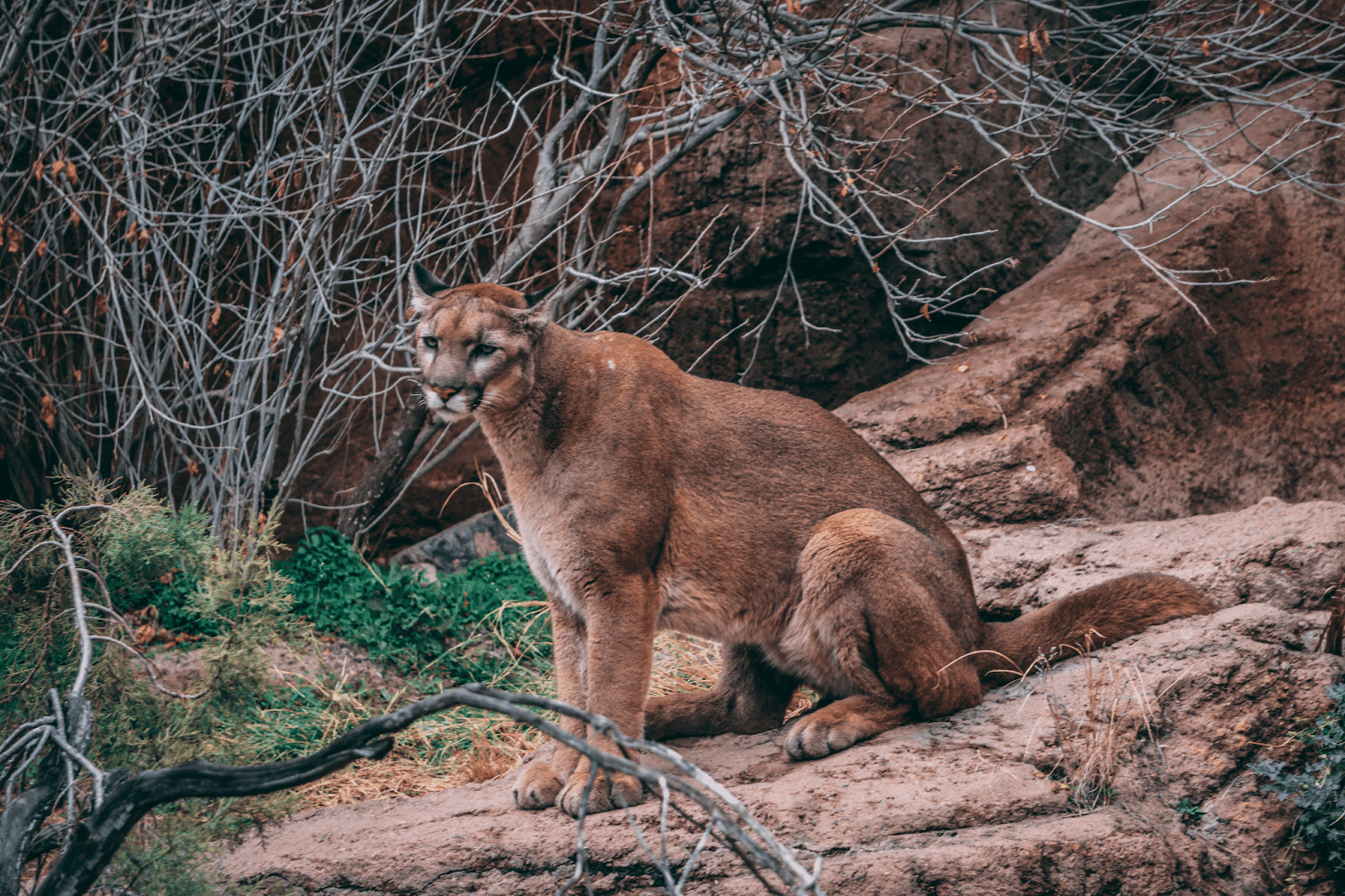
The $350 million in funding offers a positive step in building an infrastructure system that allows wildlife to coexist. Conservation crossings are valuable parts of this infrastructure and are critical to protecting our nation’s endangered animals.

